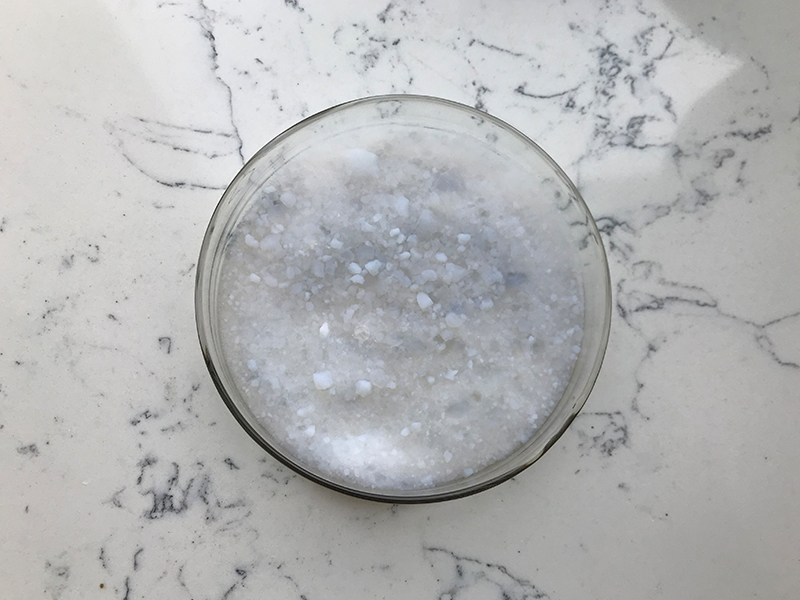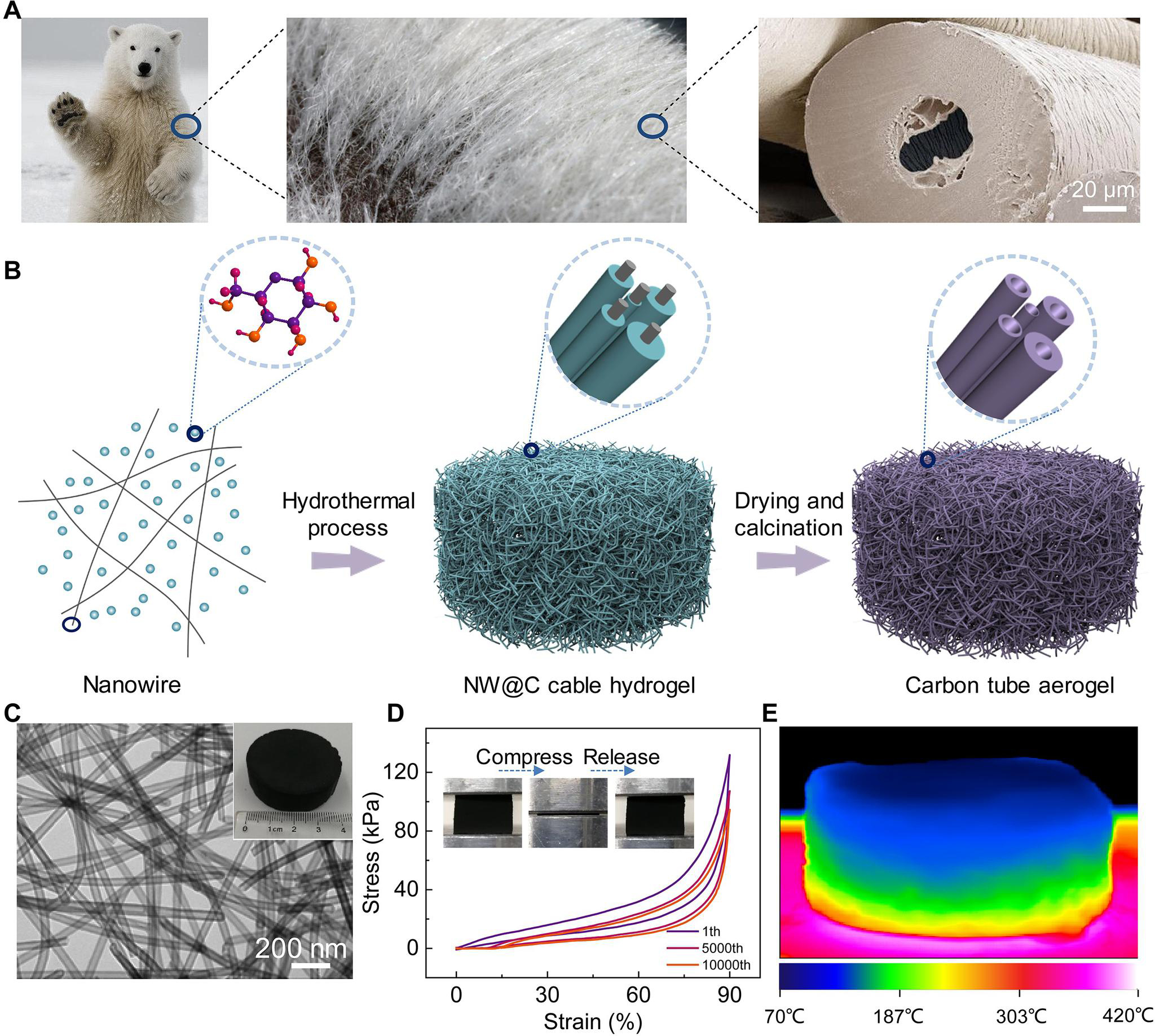Aerogel is an exciting and versatile material, and there are several trends expected to shape their future development and applications. Some of the key trends include:
- Improved Manufacturing Techniques: The production of aerogel is often complex and costly, but advances in manufacturing methods are expected to reduce costs and improve scalability. Techniques such as supercritical drying are being refined to make the process more energy-efficient.
- Lightweight Insulation Materials: Aerogel is already known for their thermal insulating properties, and as energy efficiency becomes more important globally, their use in building materials, aerospace, and automotive industries is likely to increase. More affordable aerogel may revolutionize insulation technologies for both industrial and residential applications.

- Environmental Sustainability: Research into making aerogel from renewable resources, such as natural fibers and plant-based materials, is on the rise. This shift could lead to more sustainable and eco-friendly aerogel, with potential applications in industries seeking greener alternatives.
- Energy Storage: Aerogel have shown promise in energy storage devices, particularly in batteries and supercapacitors, due to their high surface area and conductivity. There is increasing interest in developing aerogel that enhance the performance of energy storage systems, especially in the context of electric vehicles and renewable energy storage.
- Lightweight Structural Materials: With their low density and high strength, aerogel is being explored as lightweight structural materials in aerospace, automotive, and even sporting goods industries. These materials could lead to reduced fuel consumption and enhanced performance in vehicles and aircraft.
- Advanced Filtration and Sensing: Aerogels’ porous structures make them suitable for applications in filtration, air purification, and sensing technologies. Future trends may include the development of aerogel for detecting hazardous substances, pollutants, or even medical diagnostics.
- Medical and Biotech Applications: Aerogel is being explored for use in drug delivery systems, tissue engineering, and wound care. Their ability to carry large amounts of substances in a lightweight, biocompatible form is creating opportunities for their use in medical treatments and biotech innovations.
- Nanostructured Aerogels: Researchers are working on incorporating nanomaterials like carbon nanotubes, graphene, or metal-organic frameworks (MOFs) into aerogel to further enhance their properties. This could lead to new generations of aerogel with enhanced thermal conductivity, electrical properties, and mechanical strength.

These trends indicate that aerogel have a lot of untapped potential across a wide range of industries, with ongoing research and development likely to expand their applications even further in the future.
